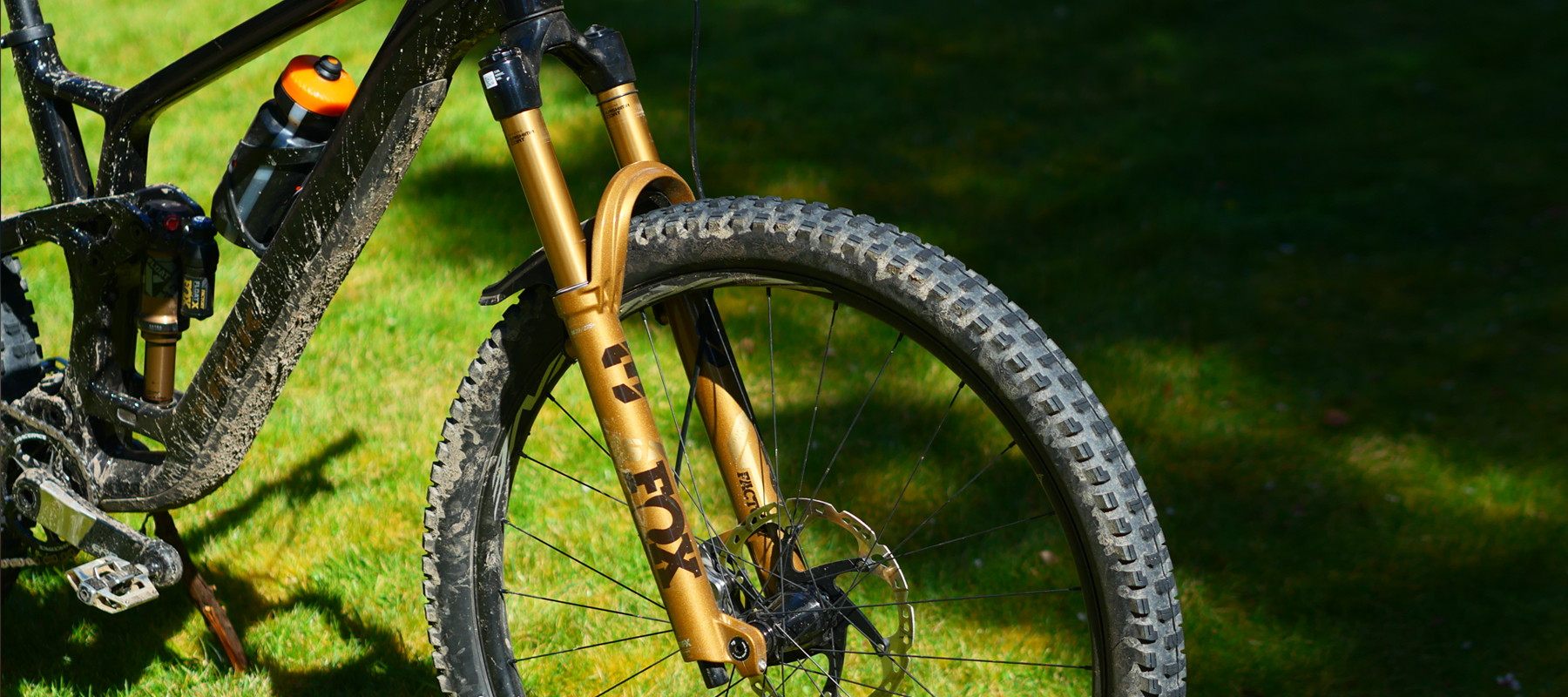Early Verdict
Fox's has given its dampers the biggest overhaul to date with the new internals boasting increased tunability. So far, performance is promising although I will need to put in more time on the fork to determine if it's a tuned trail-taming contender.
Pros
- +
More intricate valve stack for improved adjustability
- +
Very supportive midstroke
- +
Stout 36 chassis gives confident tracking
- +
Lighter damper than GRIP 2
Cons
- -
Not as instantly sensitive as the previous GRIP 2
- -
No markings for quick high-speed compression settings
Why trust BikePerfect
Fox's 36 has been at the forefront of hard-hitting trail riding for almost 20 years now. Other than the stout 36mm diameter stanchions, the 36 fork has gone through many iterations over the years yet it has continued to be one of the best mountain bike forks for aggressive mid-travel trail riding. With enduro responsibilities now handed off to the burlier Fox 38, the previous Fox 36 in 2020 saw the fork firmly positioned into the all-mountain category and equipped with a brand-new GRIP 2 damper. That fork has since proven to be one of our favorite forks at Bike Perfect thanks to its easy setup and plush performance.
From the outside, other than the "Podium Gold" colorway [which definitely divides opinion – Ed], not all that much has changed with the 36. Internally there has been a big update, with the release of Fox's new GRIP damper range, the 36 now has the option of two brand-new GRIP dampers. We got the chance to take the Fox 36 Factory with the new GRIP X damper out for a few rides pre-launch to get a feel for how the new fork performs.
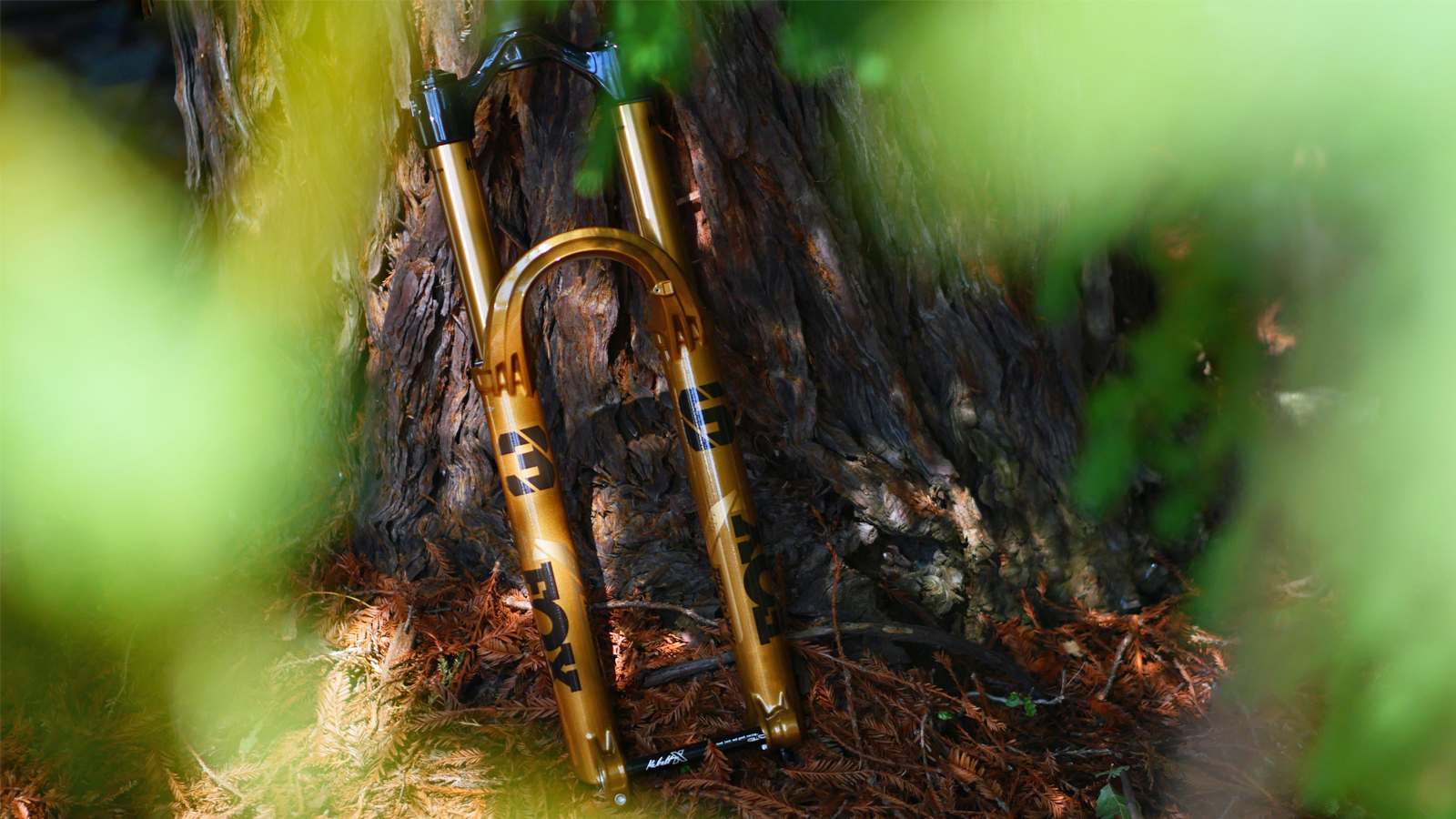
Design and build
The big update is the new GRIP dampers, plural. The Fox 36 can now be specced with either the GRIP X2 or the GRIP X. While the GRIP X2 offers more precise tuneability with both high and low-speed rebound and compression, it's the GRIP X2 that will likely appeal to the average trail rider looking for a lower weight, simpler adjustment, and the lockout feature.
Both dampers have a similar architecture and are said to offer the same baseline performance although there are some significant differences between the two. The gravity-orientated GRIP X2 has four-way tunability and a larger mid valve, pressure tube, and pistons fitted to maintain lower pressures for better response time (Fox claims 5-10ms). Meanwhile, the trail-focused GRIP X is 120g lighter and has three-way adjustment (high-speed (15 clicks)/low-speed (16 clicks) compression and low-speed rebound (17 clicks)) and a lockout for support when climbing. You can still add volume spacers as well if you want to increase the progression of the fork.
Suspension tuning is more specific too as Fox says that compression and rebound adjustments have been separated to minimize crosstalk and simplify tuning. This should make locking in desired suspension characteristics more straightforward as adjusting settings like rebound won't adversely affect the compression settings.
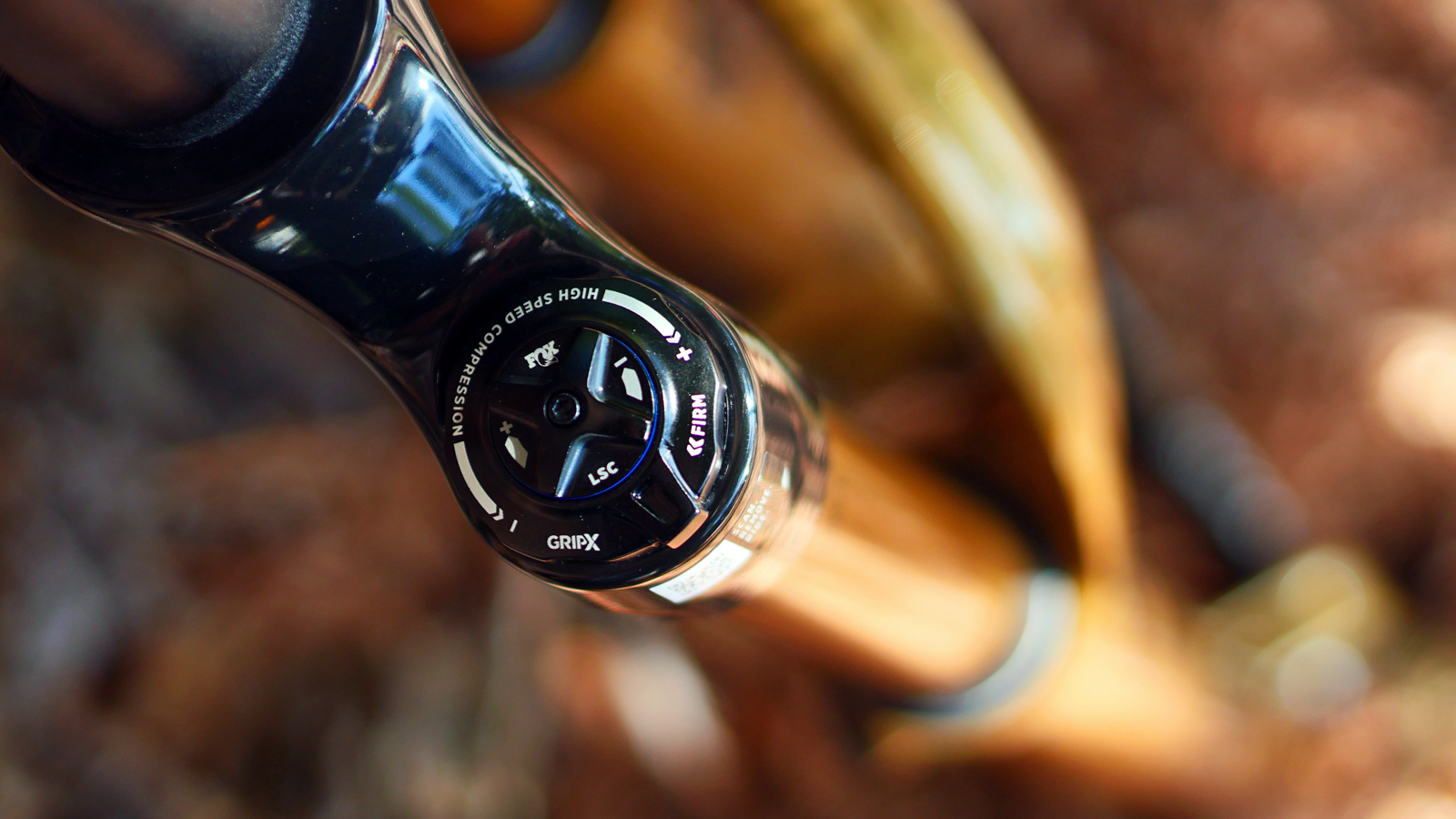
The GRIP X's high-speed compression adjustment also differs from the GRIP X2. Instead of using a dial like the low-speed compression, the high-speed is adjusted using a sweeping 170-degree adjuster. In the first 90 degrees of sweep, the adjuster pushes a spring down on the pivot on the main valve stack similar to when you're turning the high-speed compression adjuster on the GRIP X2. Past roughly 90 degrees and adjuster starts limiting how much the valve stack opens to give more of a platform feel. In its final position, it will shut off both the low and high-speed circuits to lock out the fork.
Machined alloy dials on the top of the right fork leg handle low and high-speed compression damping, while rebound is still controlled from the bottom of the right leg lower. The sweeping 170-degree high-speed adjuster has been reshaped to make adjustments or lock-out engagement while riding easier.
From the outside, the Fox 36 has the same reshaped and beefed-up lowers and increased crown overlap that was introduced to stiffen up the previous generation of 36 chassis. This is no bad thing, especially as owners of the previous generation 36 can retrofit the new GRIP X or GRIP X2 damper to their existing fork if they want to. There are still lower leg bypass channels and bleeder valves on the rear of the fork legs to equalize pressure inside the fork and Fox's floating Kabolt X axle.
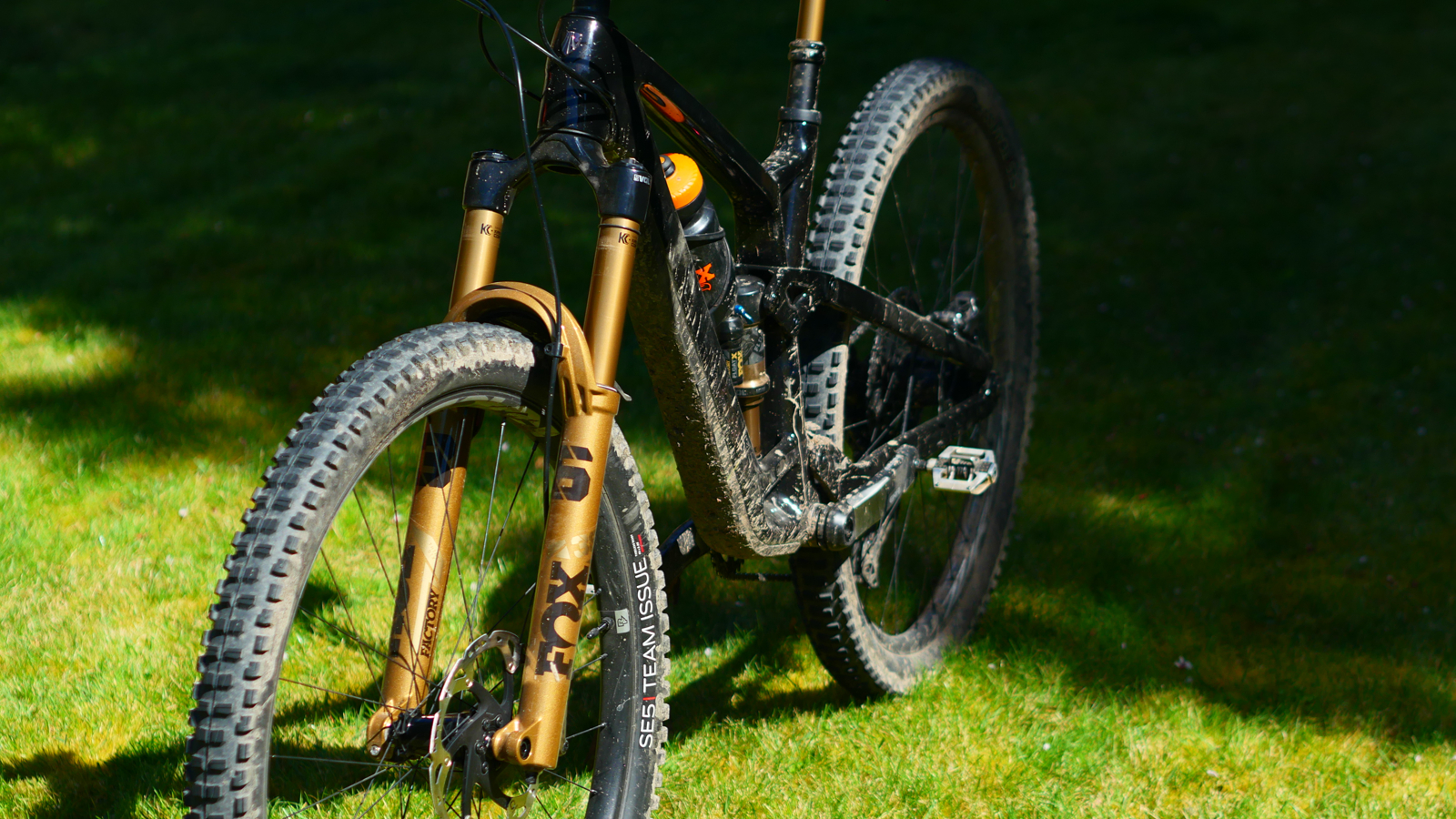
Performance
I visited the Fox headquarters and took the Fox 36 Factory GRIP X fork for a few rides around the surrounding Scotts Valley area. The fork was fitted to a Trek Fuel Ex and set up to my weight as per Fox's recommended settings by a Fox Mechanic.
Forks generally take at least 10 hours plus of riding before seals and juices inside can bed in and offer full performance. I was riding new trails and unable to do many repeat runs to properly test the fork in the few available days of riding, so it's hard to give a huge amount of insight at this stage.
My previous experiences of the Fox 36 with GRIP 2 have been great, I find it easy to set up and a fork that performs very well from the box. The new GRIP X damper felt quite a bit different. It still had the plushness you expect from a Kashima Fox fork however the compression felt more tight and controlled. Small bump and vibration absorption weren't quite as buttery although this could be due to the box fresh fork needing some time to bed in. Even with a bit more chatter through the hands I still found the GRIP X combined with the already excellent 36 chassis produced high levels of traction and cornering precision in the Californian dirt.
I found the biggest difference was the mid-stroke support which felt more pronounced than the GRIP 2 or equivalent hard-hitting trail forks like the RockShox Lyric. I'm usually reaching for volume spacers to help hold the front end up on most forks but the GRIP X felt like it was able to offer more support when charging into chundery steep sections.
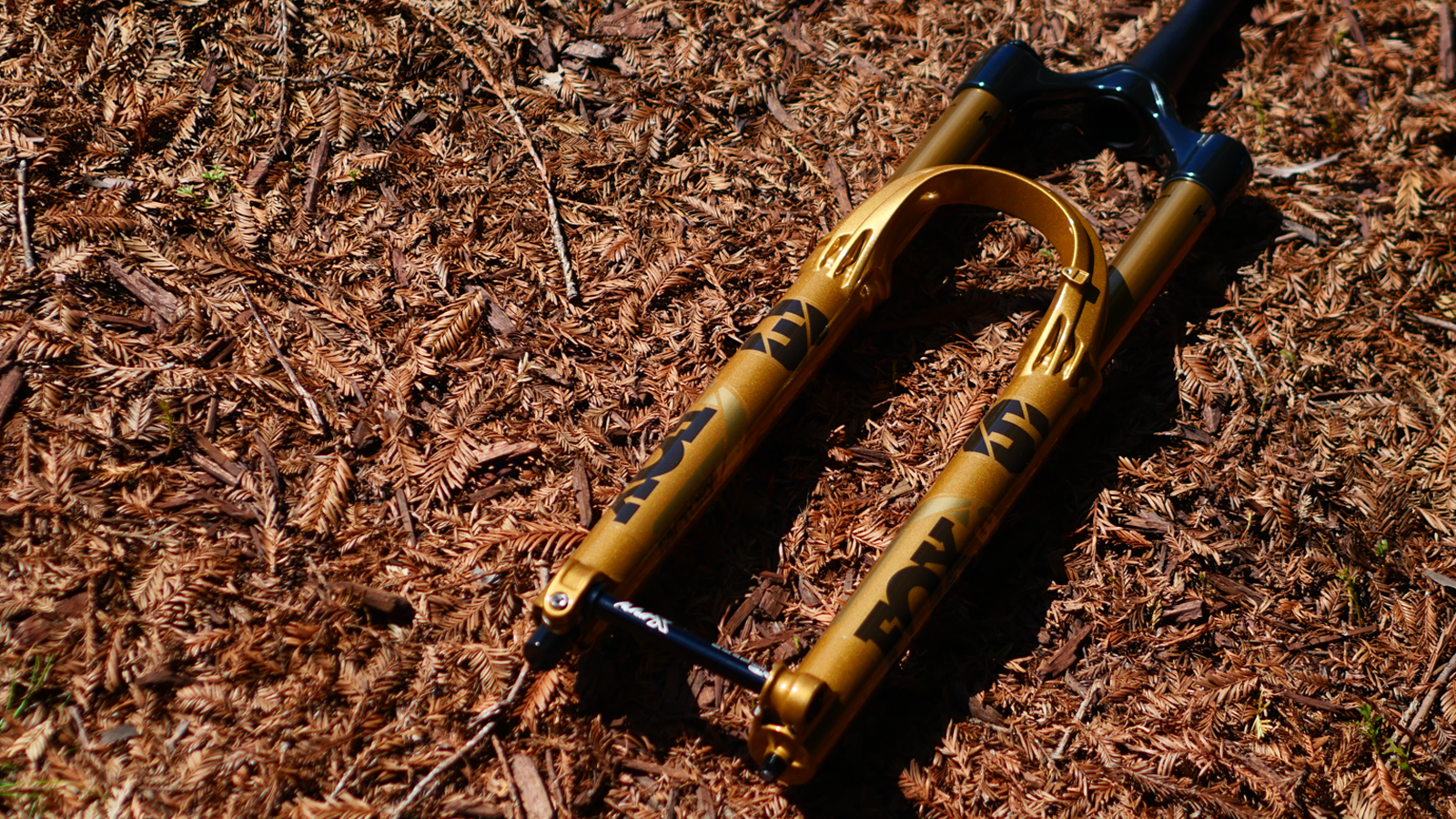
Early verdict
With only a few rides on the Fox 36 Factory GRIP X it's still early days of testing. As with any fork straight from the box, some bedding in time, repeat runs, and additional fettling is always required. My limited time on the Fox 36 Factory GRIP X was overall very positive though. The initial recommended settings appeared to give a good base point and I anticipate I could get the performance and feel I wanted with a few minor tweaks to air pressure and compression.
With all the internal work Fox has put into its new dampers to make them more tunable, dialing in any further adjustments should be an easy process too. Once I have had more time to ride the Fork on local trails and experiment with settings, I will report back.
Fox 36 Factory GRIP X specs
- Price: $1,099 / £1,259
- Travel options: 150 and 160mm
- Wheel size: 27.5 / 29
- Offset options: 37mm
- Weight: 1929g (claimed, 160mm)

Graham Cottingham joined the BikePerfect team as our senior tech writer in 2020. With over 20 years of riding experience, he has dabbled in downhill, enduro, and gravel racing. Not afraid of a challenge, Graham has embraced bikepacking over the last few years and likes nothing more than strapping some bags to his bike and covering big miles to explore Scotland's wildernesses. When he isn’t shredding the gnar in the Tweed Valley, sleeping in bushes, or tinkering with bikes, he is writing tech reviews for BikePerfect.
Rides: Cotic SolarisMax, Stooge MK4, 24 Bicycles Le Toy 3, Surly Steamroller
Height: 177cm
Weight: 71kg
